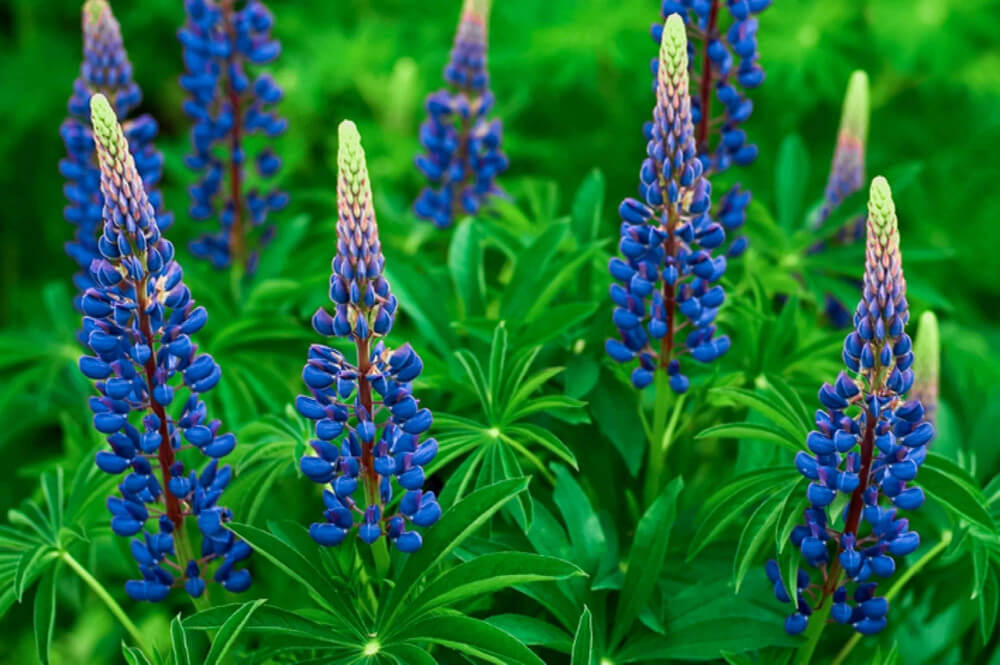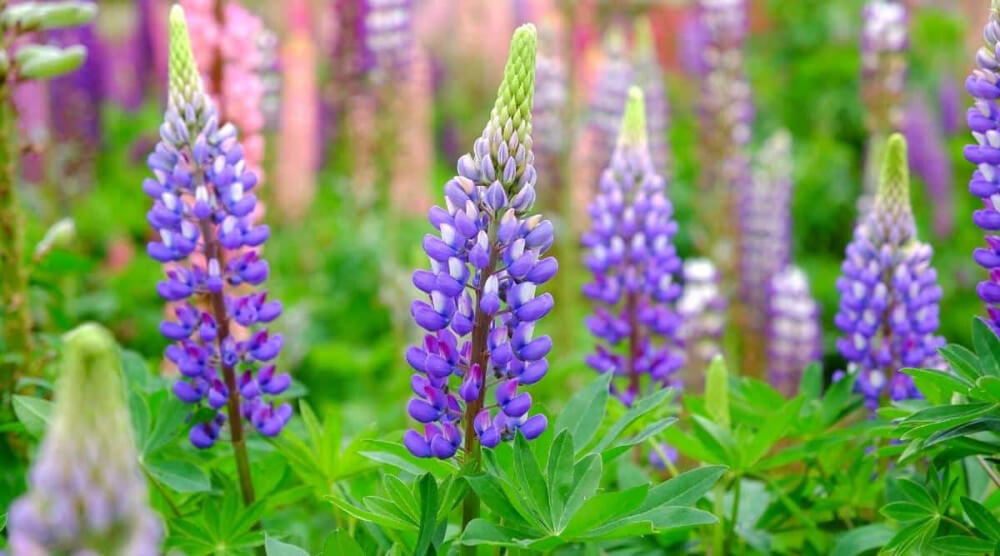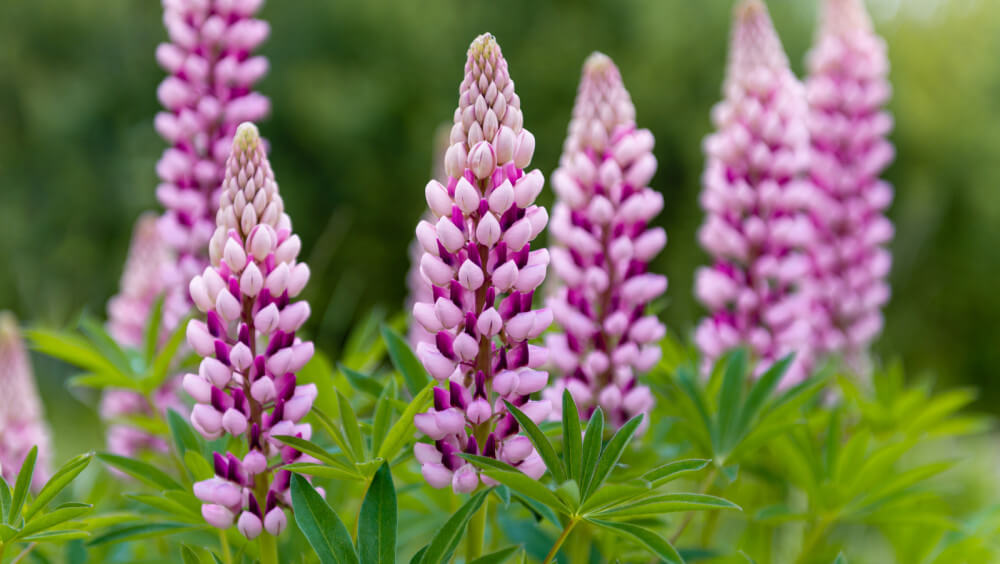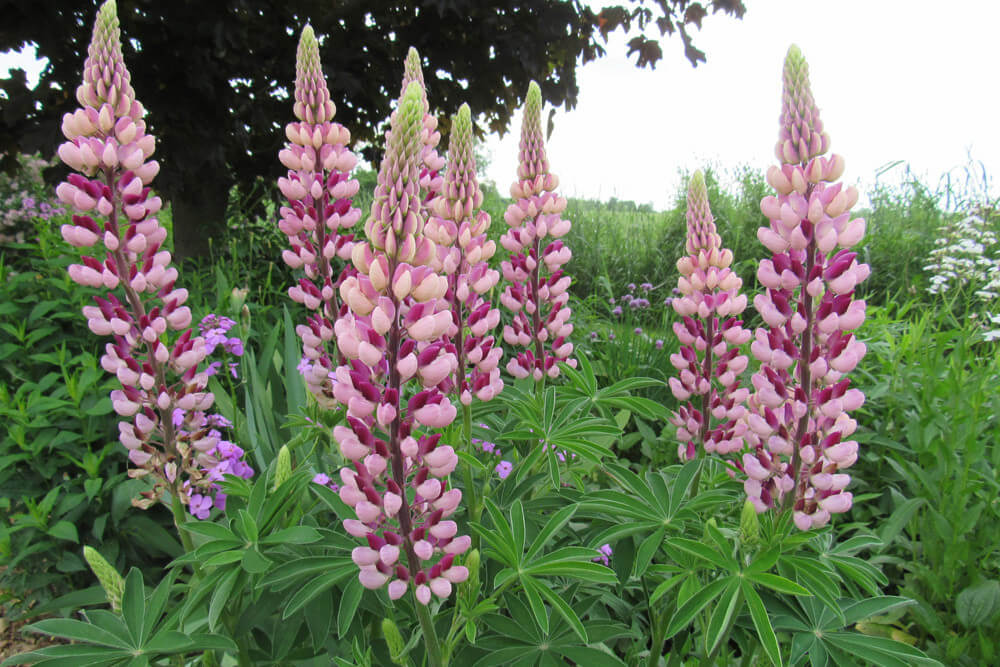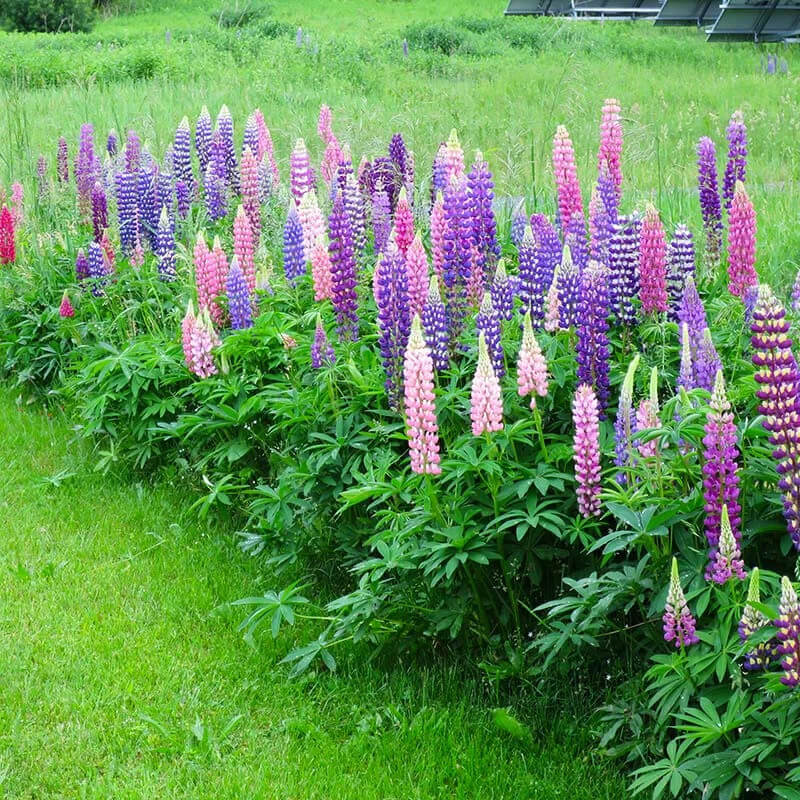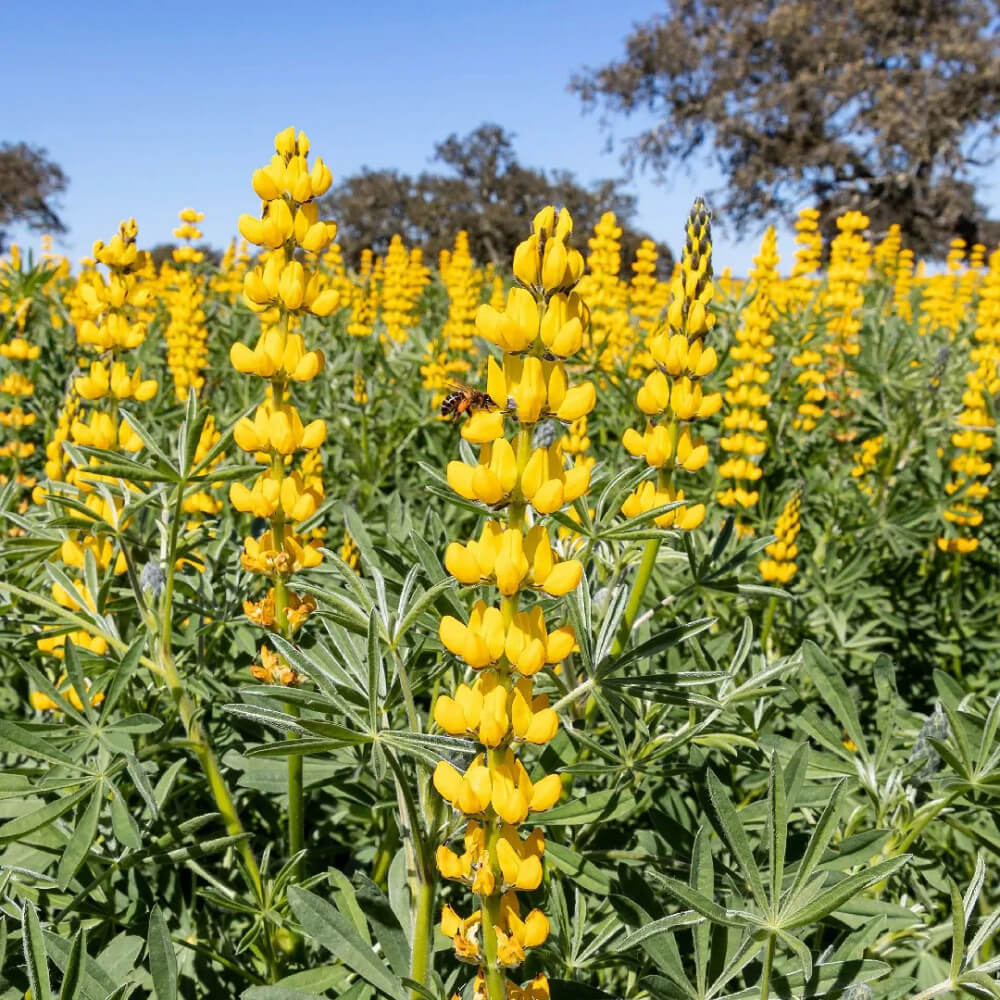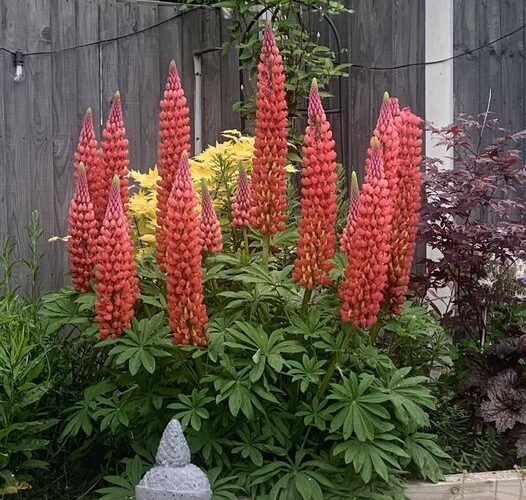One of the most popular perennial garden plants is lupine, with its bright flower spikes! Many of the hundreds of Lupinus species are native to North America. You can find them in gardens and in the wild from California to Maine. You may have seen pictures of lupine before, as they are one of the most recognizable flowers. Every April, they cover fields and roadsides, attracting many outdoor enthusiasts.
Lupins are perennial herbaceous plants that can be grown from seed, cuttings or cuttings. In spring, the lupin leaves fall to the ground and new growth develops from the roots beneath. Lupins can also be grown indoors in pots with the right lighting. Read our comprehensive gardening guide to learn more about growing these plants.

1. Germination
- A 7-day cold treatment will greatly increase germination. Place seeds and slightly damp paper towels in a Ziploc bag and store in the refrigerator. Another method would be to soak them in warm water for 24 hours. Treated seeds can be sown directly into a seedbed in spring or summer up until August 1st.
- Sow seeds at a shallow depth of about 6mm under loose topsoil and 30cm apart. Indoor-grown seedlings can be transplanted when they are 4 to 6 weeks old. At this stage they have a higher chance of survival as they have not yet formed a long taproot. Make a hole twice as wide and 1.2cm deeper than the seedling container. Plant your seeds about 30cm apart.
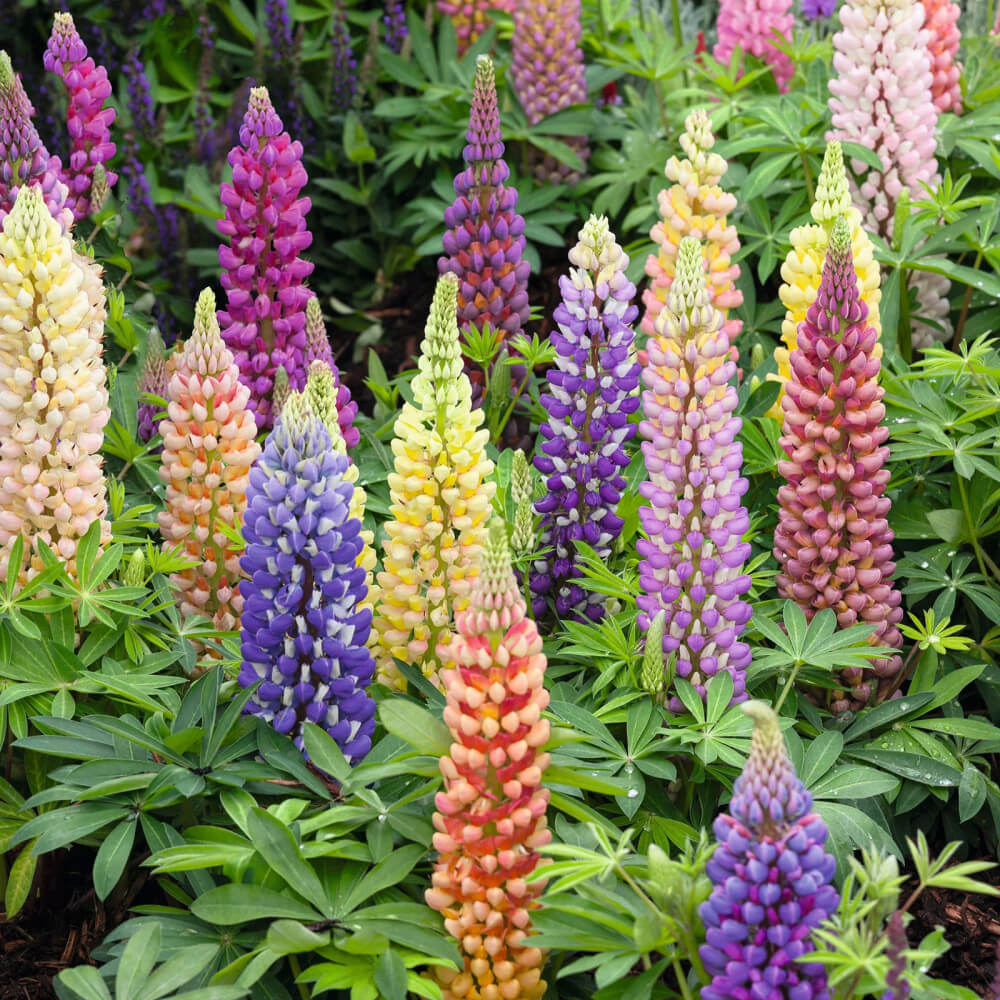
2. How to grow
- Lupins like moist, sandy soil with good drainage and moderate temperatures. They can grow in heavy soil, but you will need to remove the soil to make room for their extensive taproots.
- Make sure lupin plants receive enough water for optimal root development during the first few months in your garden, but allow the soil to dry out between waterings. After that, water only during drought or extreme dryness.
- Choose a location with full sun or light shade.
- In summer, fertilize every four weeks.
- For larger varieties, support may be necessary.
- To encourage new blooms, remove wilted flowers.
- If the pods turn yellow, save the seeds.
- Wait until spring to cut off dead ears.
- To protect the plants during the winter, you can spread mulch around them.

3. Pests and diseases
- Powdery mildew can attack lupine, especially in hot, humid areas to which it is poorly adapted. Apart from woodlice, which like to eat seeds and seedlings, there are no other significant pests for this plant. If seeds are not carefully covered with soil when planting, birds can become a problem.
There are some beautiful lupine species and pictures for you to consider.
